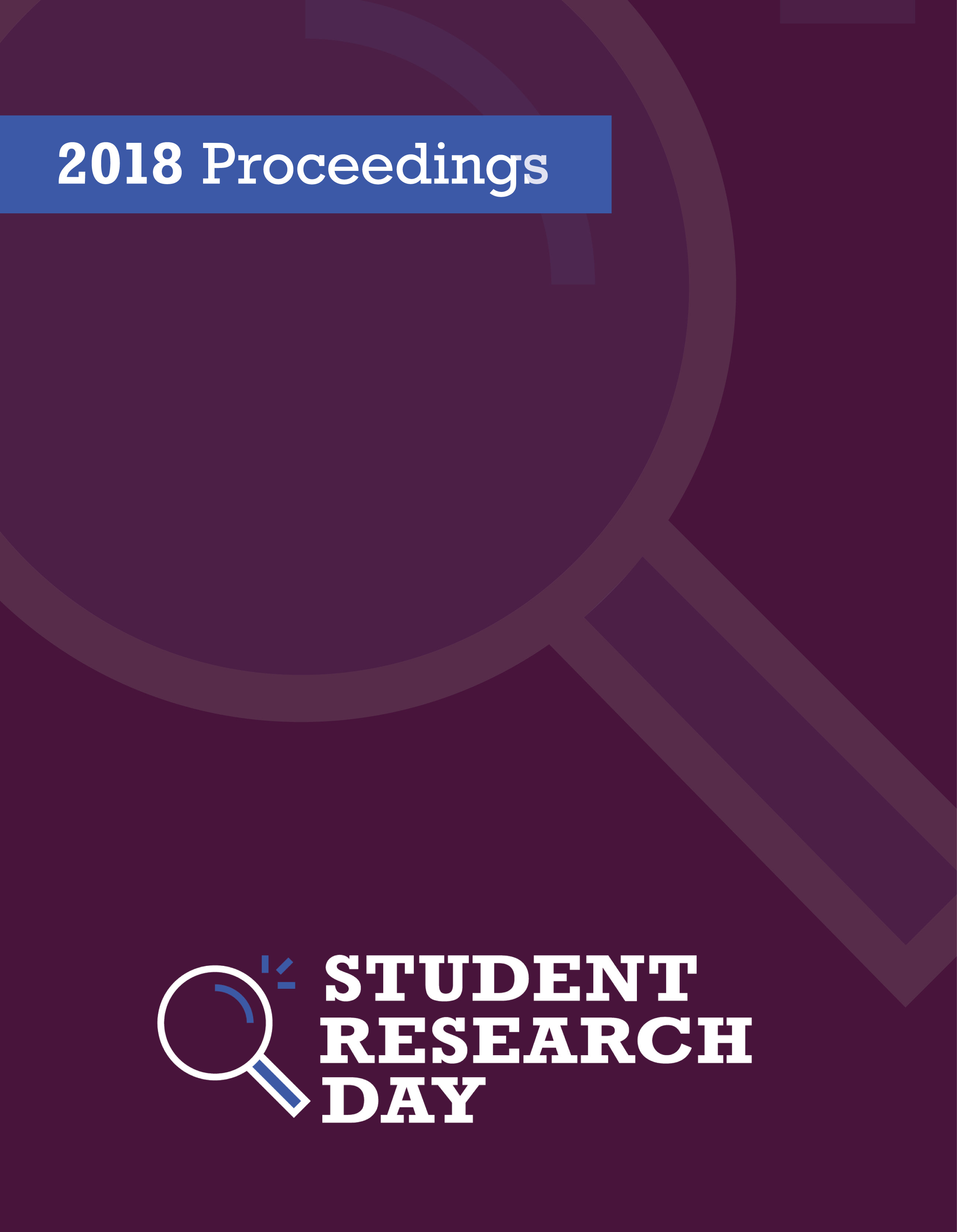Left Cerebellar Transcranial Direct Current Stimulation Facilitates the Onset of Inhibition of Return
Abstract
Over the past 20 years our knowledge of functional role of the cerebellum has evolved from that of a structure strictly involved in coordinating motor outputs, to one that is also heavily engaged in cognitive functions, including attention. Specifically, previous patient work indicates that cerebellar damage slows rapid shifts of reflexive covert (i.e. without moving your eyes) attention, as well as the onset of inhibition of return (IOR). In addition, recent fMRI studies suggest that the left lateral cerebellum may play an important role in covert attention through its connections with the frontoparietal attention network in the right cerebral hemisphere.
In the current study we further examined the role of cerebellum in covert attention using transcranial direct current stimulation (tDCS) – a non-invasive brain stimulation technique – to in which a weak electrical current is applied to electrodes on the scalp to induce changes in baseline neural activity in the underlying cortex. Participants (n=23) completed a reflexive covert attention task using non-predictive peripheral cues and stimulus onset asynchronies (SOAs) of 50, 100, 300, and 600ms before, during, and after either anodal (+), cathodal (-), or sham tDCS applied to the left cerebellum (2mA for 20min). Results indicated that active tDCS stimulation facilitated the onset of IOR at the longest SOA compared to sham stimulation. When combined with recent patient and fMRI data, our results provide further converging evidence that the left lateral cerebellum plays an important role in reflexive covert visual attention.
Discipline: Psychology (Honours)
Faculty Mentor: Dr. Christopher Striemer
Published
Issue
Section
License
Authors retain any and all existing copyright to works contributed to these proceedings.



